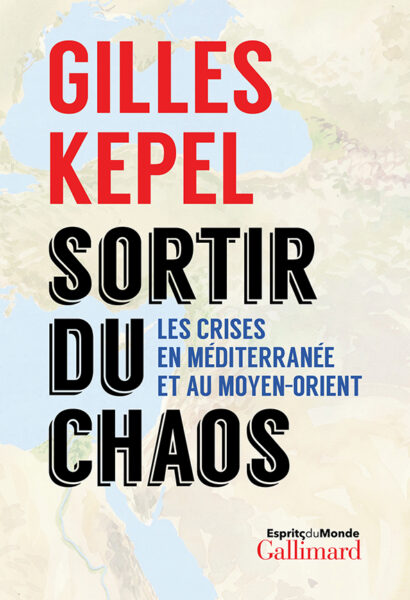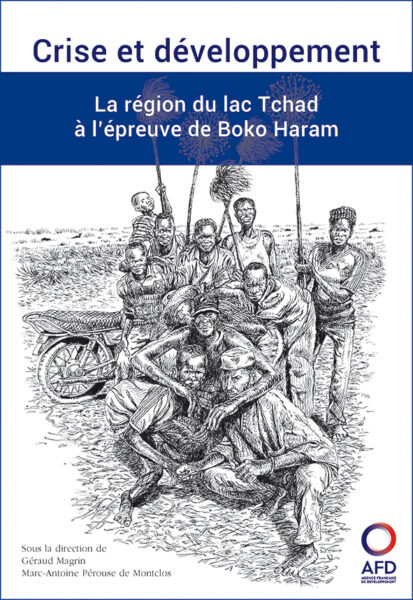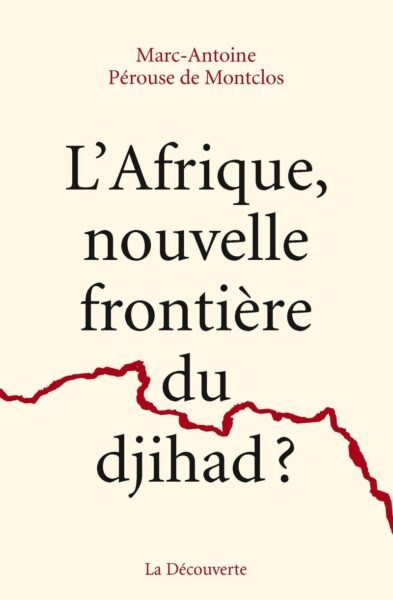Excerpts from LEWIS Bernard. The Assassins. Political Terrorism in Medieval Islam (London: Weidenfeld and Nicolson, 1967)
Bernard Lewis, a permanent member of the faculty of the Institute for Advanced Study in Princeton, is one of the leading contemporary oriental scholars. He has written extensively on the history of the Arabs and on the Muslim world. When he wrote his book The Assassins: A radical sect in Islam in 1967, his aim was to shed light on the issues already being raised by the growth of terrorist attacks in the West and in India and Pakistan, by comparing them with the original model in terms of organization and ideology provided by the followers of ‘The Old Man of the Mountain’ and his successors who killed with daggers.
In the Middle Ages, for more than two centuries, the Assassins were really innovative with regard to political and religious interventions in that they began international terrorist attacks against the major economies of the day. The Assassins were history’s first terrorists, says Bernard Lewis, because by attacking the political, military, administrative and religious establishment, they were carrying on the old ideal of tyrannicide, i.e. the religious obligation to rid the world of a wrongful leader, via the fantasy that they could overthrow the whole of society through terrorist action. These kamikaze fighters did not sacrifice their lives just as an act of piety; there was also a ritual dimension, almost a sacrament, in the hope that their action would both destroy an enemy seen as the embodiment of evil and allow the terrorist to appear as a saint entering Paradise. Their targets throughout the Near East and Europe included monarchs, viziers, governors, Muslim and Christian commanders and even theologians who were denounced by their leader for their compromises with the faith, corruption, the privileges and claims to sovereignty over territory that they intended to use exclusively in line with their own religious convictions.
One can hardly avoid noticing the similarities with the terrorist attacks inspired by Ousama ben Laden. The use of daggers (never poison) was chosen in the context of a particular level of technology, just as today the resort to Stanley knives (and aircraft) was suggested by the modern state of technology: in both cases, following Lewis’ argument, the terrorists’ sacrifice clearly relies on a ‘sacred weapon’, and the symbolic target of the Twin Towers in New York or the Pentagon corresponds to the same hatred of the ‘establishment’ of the current dominant power. The resemblances are so great, including the Tora Bora cave complex which recalls the Alamût, that one may wonder whether ben Laden was not directly inspired by Hasan-i Sabbâh when he launched his crusade against the United States because of its double impiety : its military presence in Saudi Arabia and its support for Israel.
In the end, Bernard Lewis derives some lessons from this history dating back to the distant Middle Ages which apply equally to our own times. According to this excerpt, the wave of messianic hope and revolutionary violence described by Bernard Lewis may ‘continue to roll and provide new reasons for anger, new dreams of success and new weapons of war’.
La secte des Assassins. Extraits de l'ouvrage de Bernard Lewis, Les Assassins. Terrorisme politique dans l'Islam médiéval
Cet article fait partie de la revue Futuribles n° 275, mai 2002



